| marc7 travels |
|
Let me start my 2016 by sharing with you one of my travel goals last year – the town of Taal in Batangas. It really feels good to walk the streets of Taal. The town has been on my list for some time and 2015 gave me the opportunity to finally walk the streets and explore the old town. This was not my first time in Taal because I remember driving down Tagaytay and visiting the town when I was still in college. However, I did not have that same interest before than what I have now. I guess, as a traveller, I have matured to just visiting a destination because I find it hip to that of actual discovery and exploration. My travels now go beyond pictures to show off or just to say that I have been there to that of actually understanding local culture, history, and the value of these sites to the community. The town of Taal has a lot of history that go with it and it is also the home of a number of prominent heroes and personalities. Taal was founded by Agustinian friars in 1572 and was originally situated along the edge of Taal Lake, the current location of San Nicholas. However, a destructive eruption of Taal Volcano forced the community to transfer to the higher and safer grounds of its current location. What makes the town of Taal interesting are the old heritage houses that line its streets. These well-preserved houses, most of them are open to the public, are windows on how Filipinos lived during earlier times. It gives you a glimpse of their culture and lavish way of life. The town is so well-preserved that it was already designated as a National Historical Landmark. Casa Real / Taal Municipal Town At the center of Taal is the Taal Municipal Hall. It bears the historical marker for the town that outlines the history of the town. The town hall design is one that is similar to the bahay na bato and serves as the seat of local government of Taal and it is also one of the attractions of this quaint town. The town hall was built in 1845 and its main feature is its tiled roofs which stands as the main feature. The building was previously called Casa Real, Tribunal, and Casa Consistorial. Escuela Pia Established during the 17th century, the Escuela Pia is one of the oldest educational institution in the country. It was initially built as a convent and was later converted to school for the underprivileged kids of Taal. The current structure was built in 1885 and served as the center for education during the American regime. Basilika ng Taal The “Basilika ng Taal”, also known as the Minor Basilica of Saint Martin of Tours, is the pop image of Taal’s tourism. The façade of the church is what we frequently see in the tourism ads of the town and the country. The present church was inaugurated in 1865 but was completed in 1878. It is considered to be the biggest church in the country and in Asia. The church stands majestically atop the center’s highest spot and it faces the town proper as if silently watching the town. The façade was designed like a retablo and one could see the age of the church on its walls. The church’s interior is one that can be defined as magnificent. The interiors glow in gold color with the its altar as its main attraction. The altar is highlighted by a crucifix, a symbol of the town’s faith. Once inside the church, one could really feel how big the church is. The church have small pockets where they have also installed small altars in reverence to other saints. Going up to the belfry of the church will offer you a spectacular view of the town and its surrounding areas. On a clear day, you could view the waters of Balayan Bay. If you are lucky enough, the belfry can also give you a good view of Taal Volcano. Goco Ancestral House The best way to enjoy the town of Taal is to walk its streets and admire the ancestral houses and its old towb charm. One of the ancestral houses is the Goco Ancestral House. Built in 1876, the house was initially owned by the humble couple Juan Cabrera Goco and Lorenza Deomampo. Anto Kukoy, the community’s term of endearment to the beloved land owner, was known for his honesty and integrity. The couple was blessed with 7 children. The house was restored to its former glory in 1999 after Taal was declared a National Heritage Town. Villavicencio House Just right across the Goco House is the Villavicencio House. The house is considered to be one of the oldest ancestral houses in the Philippines that has well-preserved decorations. The house was originally owned by Don Eulalio Villavicencio and Dona Gliceria Marella de Villavicencio, a patriotic couple who was active in the revolutionary movement during the Spanish period. The house was used for meetings by the revolutionaries. The couple was active in the revolution that they helped in financing the publishing of Jose Rizal’s novel. The house looked massive from the outside. Unfortunately, the house was closed and was not accessible to visitors. Wedding Gift House Standing beside the Villavicencio House is the Casa Regalo de Boda, more popularly known as the Wedding House. The house was built in 1872 as a wedding gift to the bride hence the name of the house. Standing beautifully with its yellow and light blue façade, the Wedding Gift House was one of the four ancestral houses that we were allowed to explore for a minimal fee. The first floor of the “bahay-na-bato” have two rooms – one that houses some memorabilia from the old family while the other was one was converted into a bedroom for overnight stays. Interestingly, the tiled flooring of the first floor was preserved by the family. Originally, the first floor did not contain rooms as it was used as a storage for the family’s “caruaje”. The second floor welcomes its visitors with the receiving area with a family picture of the first family who owned the house. The owners were able to preserve the old furniture of the family and was also able to preserve the look and feel of the old house. The rooms on the second floor can also be rented out for those who want to stay overnight. We did enjoy the atmosphere of the house and it gave us a sneak peek as to how early affluent Taalenos lived. It was good to see that with the concerted efforts of the owners and the local government, the Wedding Gift House was preserved in its original state. San Lorenzo Ruiz Steps Walking further down the Calle del Castillo Street, you would end up on top of a stairs leading to the Our Lady of Casaysay Church. The steps are now referred to as the San Lorenzo Ruiz Steps in honor of the first Filipino Saint. It was originally known as “hagdan-hagdan” with 125 steps that leads down to the church. The steps connect the Our Lady of Casaysay Church to the poblacion. Sta. Lucia Sacred Wells Locals claim that the image of the Our Lady of Casaysay was fished out from the waters of Taal. The image was then handed over for safekeeping but it is said to venture out at night to where it was first found and returning to its place just before daybeak. This was a regular occurrence until the image never returned to its place and was thought to be lost. The ruins of a shrine, atop the wells, is worth a visit when you are in Taal. It is in the same place where the image of the Our Lady of Casaysay was found in 1611. A small chapel was built in the area which was later destroyed by the eruption of Taal in 1754. At present, devotees visit the ruins of the shrine to seek for the divine intervention from the Our Lady of Casysay. They also bath or drink water from the well which is believed to have miraculous healing powers. Our Lady of Casaysay Church At the bottom of the San Lorenzo Ruiz Steps is a small and humble church that is the home of the image of the Our Lady of Casaysay Church. The church is one of the oldest churches in the province. The façade of the church is simple and void of any fancy that one could probably pass it on as the usual community church. But do not be deceived by its simple façade as the interiors of the church can mesmerize you with its ceiling and wall artworks. The main highlight of the church is the image of the Our Lady of Casaysay that is perched atop the altar. The image is accessible from the back where devotees can touch the image or offer flowers. Galleria Taal Also known as the Ilagan-Barrion Ancestral House, Galleria Taal is now a venue for photography and art exhibits. The house was built in the 1870s and has been the home of succeeding generations until the death of Candida Barrion in 1975. It was then neglected for years until efforts to restore the house in 2004. For a minimal fee, one can have a better understanding on how the modern day camera evolved. The exhibit includes hundreds of cameras, both big and compact, that are said to still be functional to this day. It also has a selection of old photographs of the Philippines. Leon Apacible Ancestral House Just right across the Galleria Taal is the home of another Filipino hero – Leon Apacible. Leon Apacible was a prominent personality during the revolution, having assisted General Malvar during the Philippine Revolution. The house also served as a meeting place of Katipuneros and was frequented by Jose Rizal. The house was still in the process of reorganization during our visit. It was being developed as a museum with the personal belongings of the hero and his family being prominently displayed in the house. The goal was to give visitors a look into the way of life of the Leon Apacible and his family. One thing that I found impressive though was that the kitchen has a very good view of the rural landscape and they have also managed to preserve an old style doorbell used during earlier times. Marcela Agoncillo Ancestral House Tucked within the poblacion is another ancestral house that is associated with another Katipunan heroine – Marcela Agoncillo. Our heroine in better known as the one responsible in the sewing of the Philippine flag which was unfurled in the declaration of Philippine Independence in Kawit, Cavite. Marcela Agoncillo is a native of Taal and the white-washed ancestral house was a mute witness to the undying love of their guests to our country. We were not able to explore the house’s interiors as it either closed at the time of our visit or it does not accept guests. Great to see that a small area of the lawn was allotted to honor the great hero. Felipe Agoncillo Ancestral House On the other side of town is another Agoncillo house – the Felipe Agoncillo Ancestral House. Felipe Agoncillo was a Taal native and a distinguished lawyer who took also took the forefront in the fight for Philippine Independence. He also had strong relations with the first Philippine President Emilio Aguinaldo. The house sits silently along a main thoroughfare of Taal. It is impossible to miss out on the house as a simple monument was erected at the front lawn bearing the memoriam from the National Historical Institute. The house was able to preserve the private collections and belongings of the Agoncillo family including some old photographs that show their affiliations. The house was relatively large and the designs and antique furniture clearly showed how affluent the Agoncillos were. Interestingly, the caretaker was also quick to share some amazing stories about the family including how strict the patriarch was with his daughters. Ylagan-de la Rosa Ancestral House Definitely the most impressive ancestral house that I have been to, not because of its design but because of the owner who not only welcomed us into his abode but was also kind enough to show us around and share the story of how the house came about. Constructed in the 1800, the original owners of the house was Don Julian Ylagan, a political figure during his time, and Dona Dionisia Agoncillo-Ylagan. The house ownership was later transferred to the de la Rosa Clan hence the name of the ancestral house. The house was later abandoned in the 1950s and it came to a point where the house was almost sold to an entrepreneur who was planning to convert it into a funeral home. But thanks to the loving wife of Dr. Martin Ylagan - de la Rosa who convinced the good doctor to gain ownership of the house and the lot where it stands. The tedious process of re-constructing the house took three years with the help of their daughter. Now the house stands beautifully just a few meters from the Felipe Agoncillo Ancestral House. What was amazing was that we were given a personal tour of the house by none other than Dr. Martin himself who took the liberty to also share the story of the house. He admits that initially when he acquired the property, he really asked himself whether it was a good decision and only after clearing up the lawn did he realize that the lot was actually bigger than he thought it was. The reconstruction of the house took three years with the help of her daughter, Anna de la Rosa Hortaleza. The main foundation of the house was from the original house while some of the materials used in the refurbishing of the house came from other ancestral houses in Taal that were being demolished at that time. Some of the adobe walls were used as pathways in the garden. The house was given a different feel without sacrificing its original charm like the “balon” or water tank of the original house was now converted into a kitchen to give it a more modern feel. I must admit that this ancestral house was effective in deploying the adaptive re-use of heritage sites which local governments should be pushing to owners of these cultural treasures. It was also nice that Dr. Martin was very accommodating in sharing his story and his time with us. He quips that the re-construction of the house was not an easy task as it involved their time and their finances with very little support from the government. Good thing that Dr. Martin saw the value in keeping the heritage of his family to which he gladly shares now with us. Quick note though, the house is also available for those who want to spend the night in Taal. Although we did not have the chance to sleep over in Taal, I strongly recommend the place for its ambiance and warm hospitality of the owners. Post Travel Notes: I am glad that I have finally had the chance to walk around the town of Taal in Batangas. Walking its streets is like walking through history as every turn brings you to an old house, whether in a good state or a dilapidated one. It was like the pages of history jumping out of the books. Too bad though that a couple of these houses has remained in a state of disarray despite the attention Taal is getting as a historical town. It is very important that the local government and the community work hand in hand in the preservation of these structure that highlights the town’s culture and heritage. I am also glad to have met Dr. Martin, a private individual, who took the initiative to preserve and develop their ancestral home that will give people a glimpse of how amazing and rich our culture as Filipinos. I just hope that more and more Filipinos will be enlightened to the importance of these heritage structures and its preservation. I hope that we will have more Filipinos taking their investments towards the rehabilitation and re-use of heritage sites rather than breaking it down and leaving its memories in history books.
Hmm… now this makes me want to go back to one of my long term goals – to own and rehabilitate an ancestral house. Getting there: One can take a bus from Manila bound for Lemery. You can ask the driver to drop you off near the Taal town proper. From the drop-off point, you can take a jeepney to get to the town proper of Taal. The best way to go around the town is by foot. Tricycles are also available to get you around town.
0 Comments
Leave a Reply. |
Marc del Rosario
I believe in education, entrepreneurship, and caring for the environment. Archives
June 2024
|
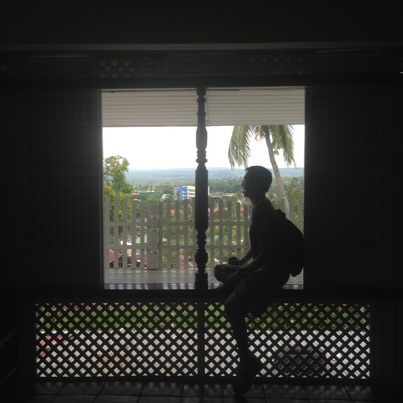
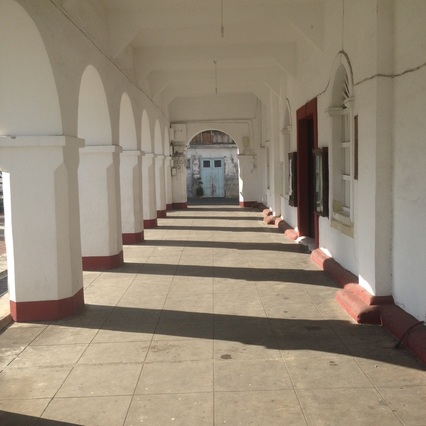
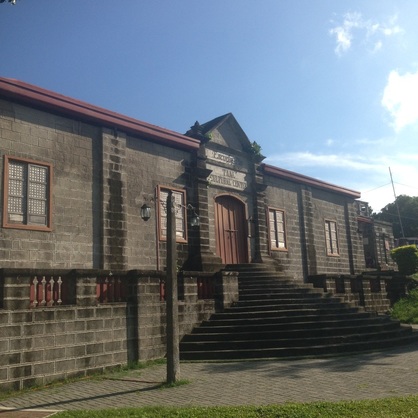

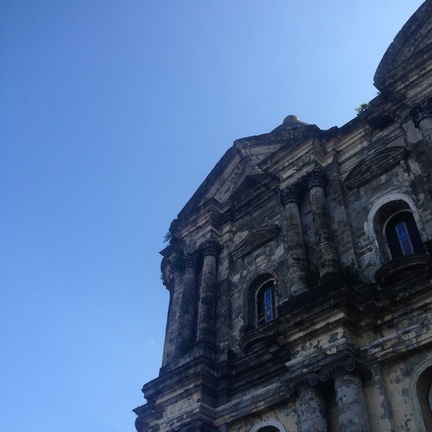
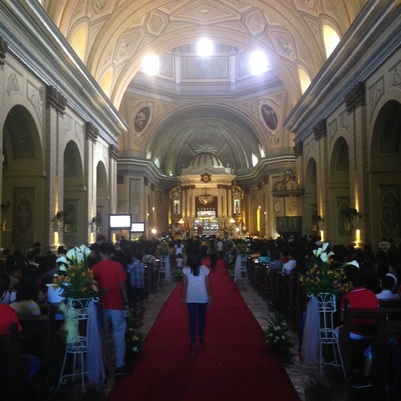
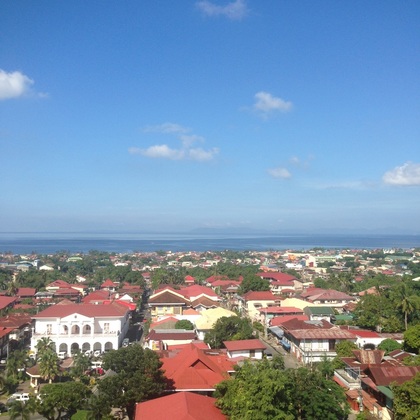
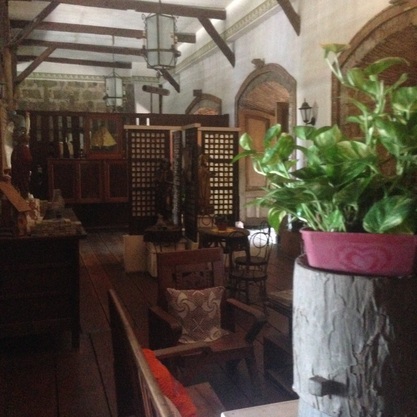
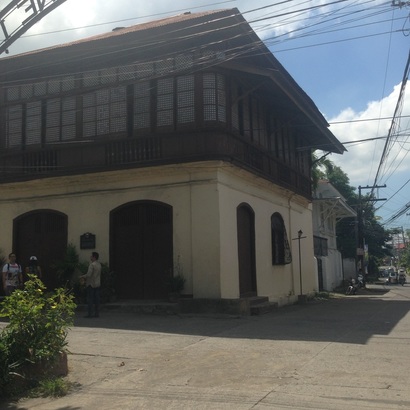
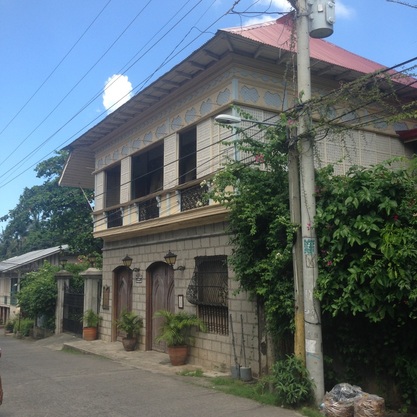
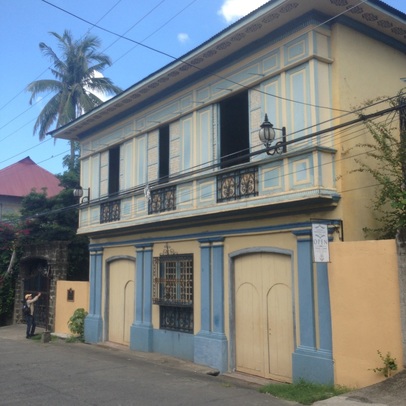
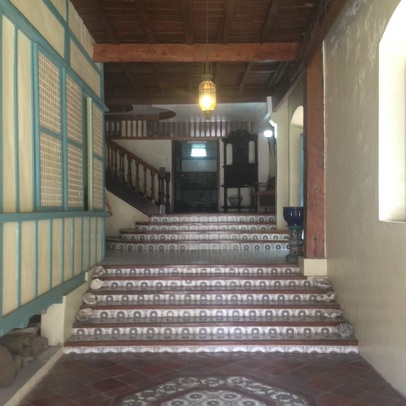
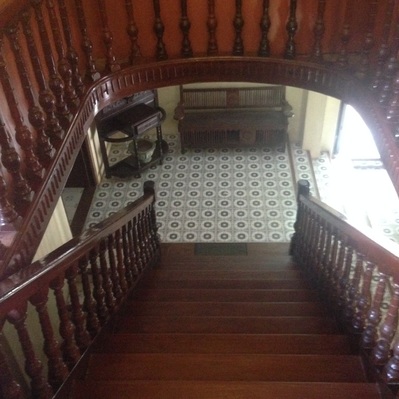
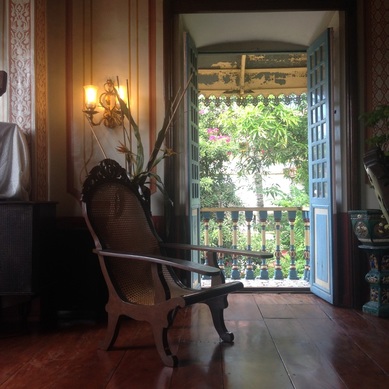
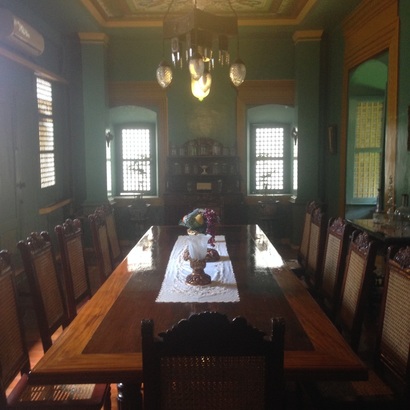
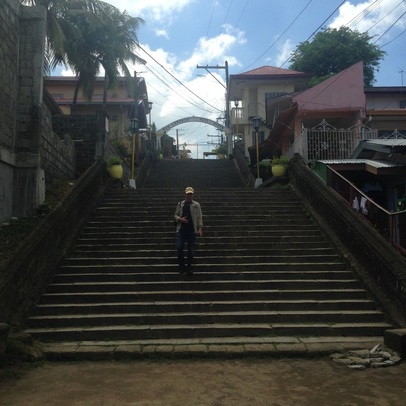
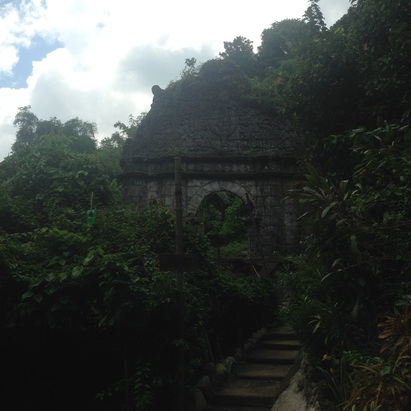
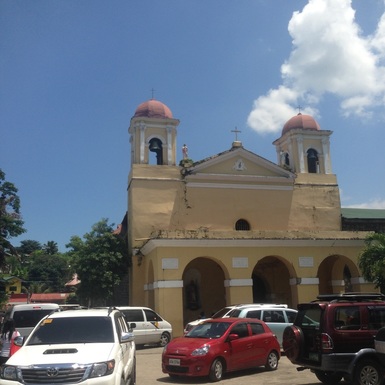
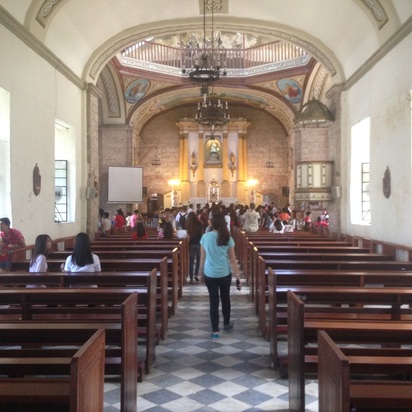
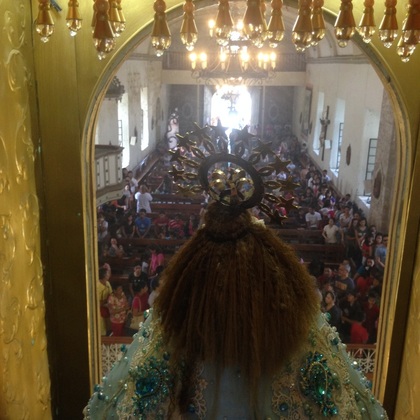
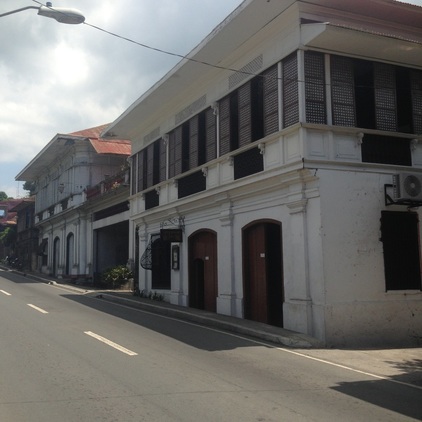
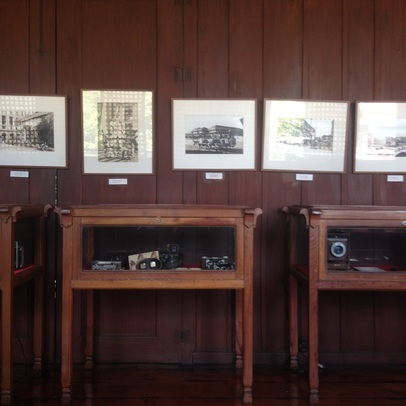
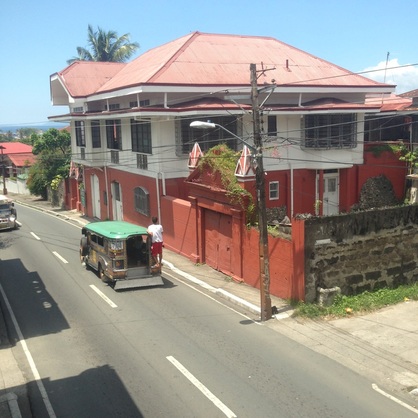
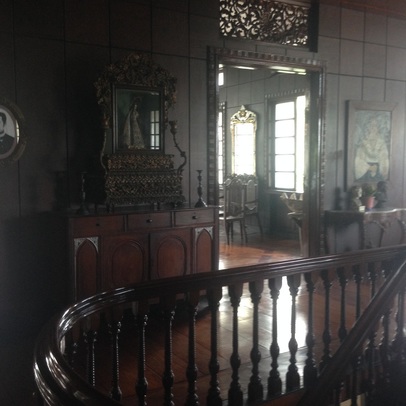
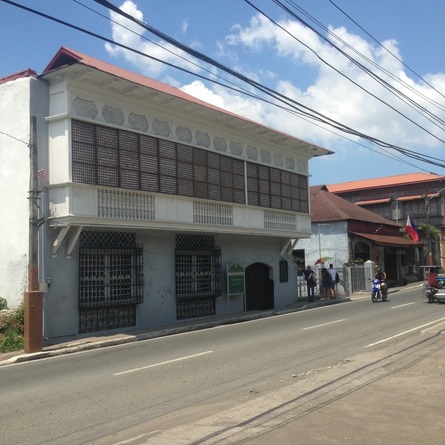
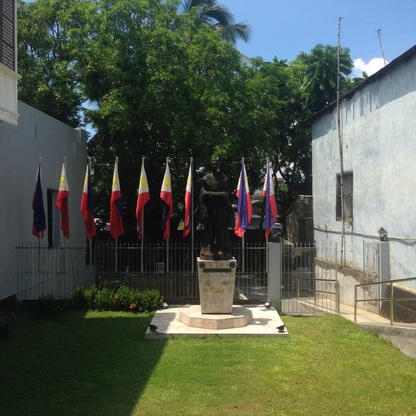
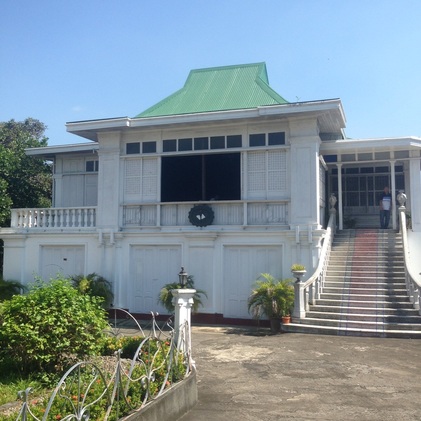
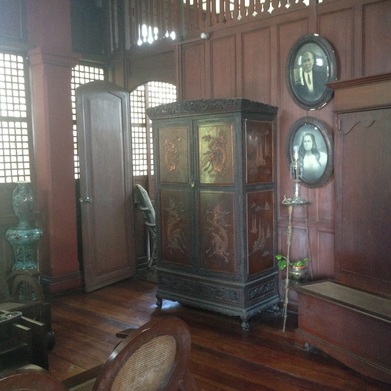
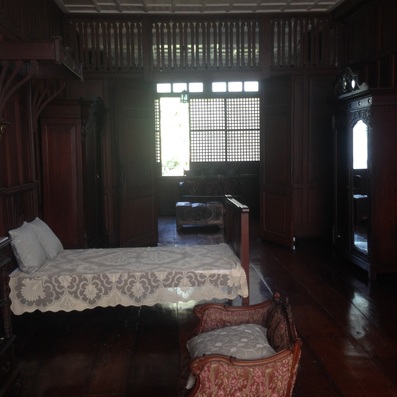
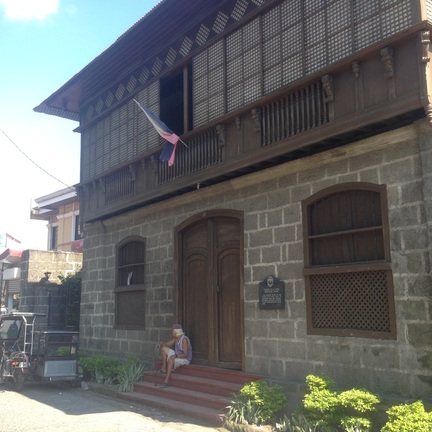
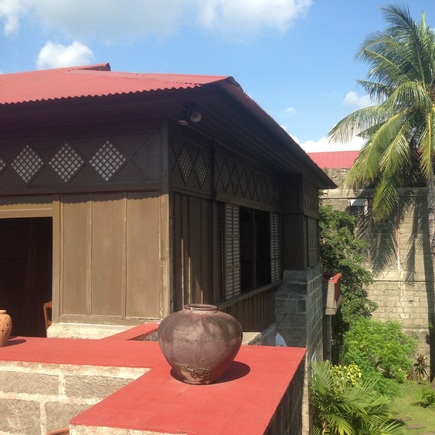
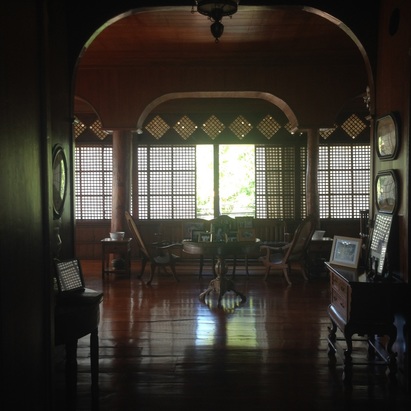

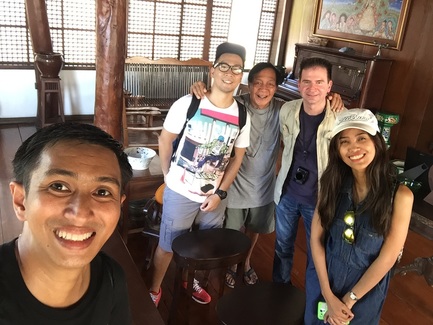


 RSS Feed
RSS Feed